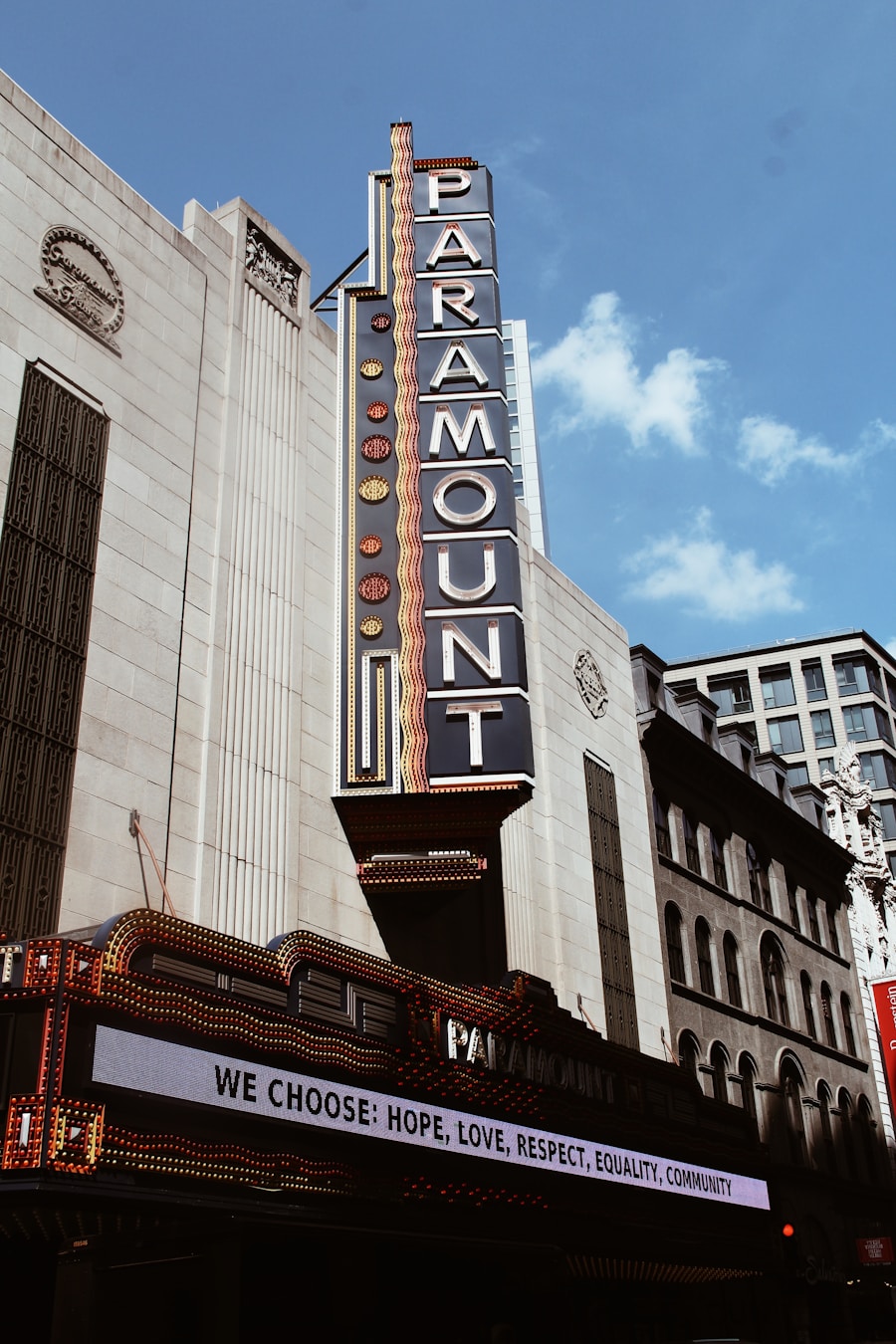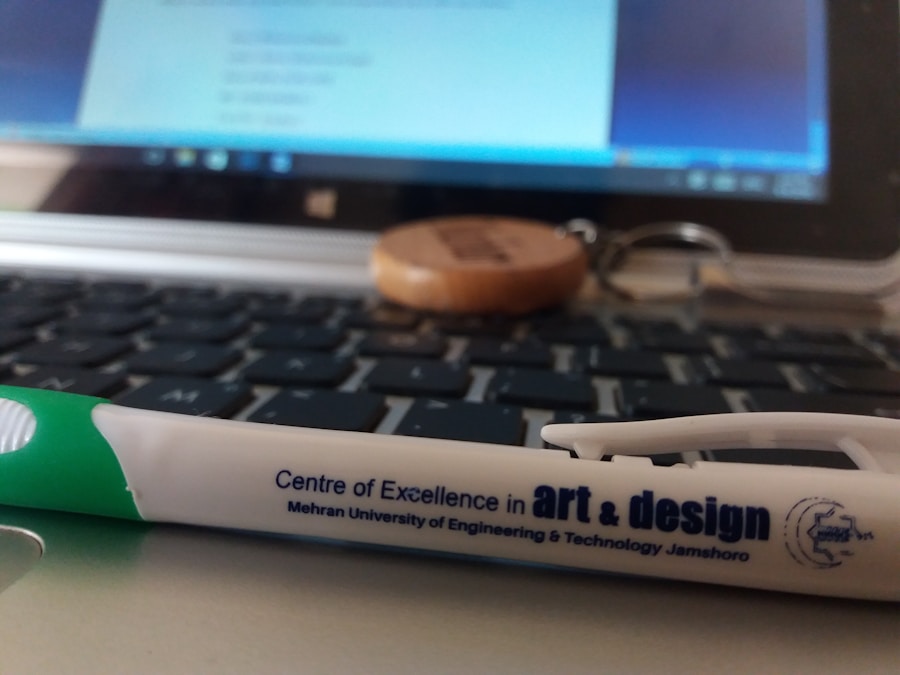Download links
How to install Unleashing Creativity: The Impact of Arts & Entertainment APK?
1. Tap the downloaded Unleashing Creativity: The Impact of Arts & Entertainment APK file.
2. Touch install.
3. Follow the steps on the screen.
Description
Arts and entertainment serve as a wellspring of inspiration, igniting the creative spark within individuals and communities alike. From the vivid strokes of a painter’s brush to the intricate choreography of a dance performance, the arts provide a canvas for imagination to flourish. This creative expression is not merely an aesthetic endeavor; it is a fundamental aspect of human experience that encourages individuals to explore their thoughts, feelings, and identities.
For instance, consider the impact of street art in urban environments. Murals and graffiti transform dull cityscapes into vibrant galleries, inviting passersby to engage with the artwork and, by extension, with their surroundings. This interaction fosters a sense of belonging and encourages individuals to think outside the box, challenging conventional norms and inspiring new ideas.
Moreover, the entertainment industry plays a pivotal role in shaping creativity through storytelling. Films, theater productions, and literature transport audiences to different worlds, allowing them to experience diverse perspectives and cultures. This exposure broadens horizons and stimulates innovative thinking.
For example, movies like “Inception” or “Eternal Sunshine of the Spotless Mind” push the boundaries of narrative structure and visual storytelling, prompting viewers to contemplate complex themes such as memory and reality. Such artistic endeavors not only entertain but also provoke thought, encouraging audiences to engage in creative problem-solving in their own lives. The interplay between arts and entertainment thus becomes a catalyst for personal and collective creativity, inspiring individuals to express themselves in unique ways.
Key Takeaways
- Arts and entertainment have the power to inspire creativity in individuals and communities, sparking new ideas and perspectives.
- The arts can fuel innovation and problem-solving by encouraging out-of-the-box thinking and pushing boundaries.
- Arts and entertainment play a significant role in emotional expression and communication, allowing people to connect and convey complex emotions.
- The arts have the ability to shape cultural identity and drive social change by reflecting and challenging societal norms and values.
- Engaging in arts and entertainment can have a positive impact on mental well-being, promoting relaxation, stress relief, and self-expression.
- Leveraging arts and entertainment can foster collaboration and community engagement, bringing people together and creating a sense of belonging.
How Arts & Entertainment Can Fuel Innovation and Problem-Solving
The intersection of arts and innovation is a fertile ground for problem-solving across various fields. Creative disciplines often employ unconventional methods that can lead to groundbreaking solutions in science, technology, and business. For instance, design thinking—a methodology that emphasizes empathy and iterative prototyping—originated from the principles of art and design.
Companies like IDEO have successfully applied this approach to develop user-centered products by integrating artistic sensibilities into their design processes. By prioritizing human experience and emotional connection, these organizations have redefined how products are conceived and developed, demonstrating that creativity is not limited to traditional artistic endeavors but is essential in driving innovation. Furthermore, the arts encourage divergent thinking, which is crucial for effective problem-solving.
This cognitive process involves generating multiple solutions to a given problem rather than converging on a single answer. In practice, this can be seen in collaborative art projects where diverse groups come together to create something unique. For example, community art initiatives often bring together individuals from various backgrounds to address social issues through creative expression.
These collaborations not only yield innovative solutions but also foster a sense of ownership and investment in the outcomes. By harnessing the power of arts and entertainment, organizations can cultivate an environment where creativity thrives, leading to innovative breakthroughs that might not have emerged through traditional analytical approaches.
The Influence of Arts & Entertainment on Emotional Expression and Communication

Arts and entertainment serve as powerful vehicles for emotional expression, allowing individuals to articulate feelings that may be difficult to convey through words alone. Music, for instance, has long been recognized for its ability to evoke deep emotional responses. A poignant melody can resonate with listeners on a profound level, providing solace during times of grief or joy during moments of celebration.
universal language of music transcends cultural barriers, enabling people from diverse backgrounds to connect through shared emotional experiences. This capacity for emotional resonance underscores the importance of arts in fostering communication that goes beyond verbal exchanges. Visual arts also play a significant role in emotional expression.
Artists often channel their personal experiences into their work, creating pieces that reflect their innermost thoughts and feelings. Take the example of Frida Kahlo, whose self-portraits vividly depict her struggles with identity, pain, and love. Her art invites viewers into her world, fostering empathy and understanding.
Similarly, contemporary artists like Banksy use street art to comment on social issues, provoking emotional reactions that inspire dialogue among communities. By engaging with these artistic expressions, individuals can explore their own emotions and communicate them more effectively with others. The arts thus become a bridge for emotional connection, facilitating conversations that might otherwise remain unspoken.
The Role of Arts & Entertainment in Shaping Cultural Identity and Social Change
| Metrics | Data |
|---|---|
| Number of Arts & Entertainment Events | Over 500 arts and entertainment events held annually in major cities |
| Attendance at Cultural Events | Approximately 70% of the population attends at least one cultural event per year |
| Impact on Tourism | Arts and entertainment contribute to 15% of total tourism revenue |
| Media Influence | Arts and entertainment shape public opinion and social discourse through various media platforms |
| Employment in Arts & Entertainment | Over 2 million people employed in the arts and entertainment industry |
Arts and entertainment are instrumental in shaping cultural identity and driving social change. They reflect societal values, beliefs, and struggles while simultaneously influencing public perception and behavior.
This period not only fostered a sense of pride within the African American community but also challenged prevailing racial stereotypes by showcasing the richness of Black culture. Through literature, jazz music, and visual arts, artists like Langston Hughes and Duke Ellington articulated the complexities of their identities, paving the way for future generations to embrace their heritage. In contemporary society, arts continue to play a vital role in advocating for social justice and change.
Movements such as Black Lives Matter have harnessed the power of visual art and performance to raise awareness about systemic racism and inequality. Street murals depicting powerful messages have emerged in cities across the globe, serving as both protest and celebration of resilience. Similarly, films like “12 Years a Slave” or “Moonlight” confront historical injustices while highlighting the nuances of identity within marginalized communities.
These artistic expressions not only educate audiences but also inspire action by prompting individuals to reflect on their roles within society. The arts thus become a powerful tool for cultural expression and social transformation, fostering dialogue around pressing issues that demand attention.
The Connection Between Arts & Entertainment and Mental Well-being
The relationship between arts and mental well-being is well-documented, with numerous studies highlighting the therapeutic benefits of engaging with creative activities. Participation in the arts has been shown to reduce symptoms of anxiety and depression while enhancing overall emotional health. For example, art therapy programs have gained traction in clinical settings as effective interventions for individuals grappling with mental health challenges.
By providing a safe space for self-expression through painting or sculpting, participants can explore their emotions in a non-threatening manner, facilitating healing and personal growth. Moreover, consuming art—whether through music, literature, or visual media—can also contribute positively to mental well-being. Engaging with narratives that resonate on an emotional level can provide comfort during difficult times.
For instance, many people find solace in music during moments of distress; songs that articulate shared experiences can foster a sense of connection and understanding. Similarly, reading literature that addresses mental health themes can validate one’s feelings and offer new perspectives on coping strategies. The arts thus serve as both a refuge and a source of empowerment for individuals navigating their mental health journeys.
Leveraging Arts & Entertainment to Foster Collaboration and Community Engagement

The potential of arts and entertainment to foster collaboration and community engagement is immense. Creative projects often bring together diverse groups of people who may not otherwise interact, creating opportunities for dialogue and understanding. Community theater productions exemplify this phenomenon; they unite individuals from various backgrounds—actors, directors, stagehands—who collaborate toward a common goal: telling a story that resonates with their community.
This collaborative process not only enhances social bonds but also cultivates a sense of ownership over the artistic product. Additionally, public art initiatives can serve as catalysts for community engagement by transforming shared spaces into platforms for dialogue and interaction. Projects like community murals or art festivals invite residents to participate actively in the creative process while celebrating local culture.
These initiatives often address pertinent social issues or reflect community values, fostering pride among residents while encouraging them to engage with one another in meaningful ways. By leveraging arts and entertainment as tools for collaboration, communities can strengthen their social fabric while promoting inclusivity and understanding among diverse populations. In conclusion, the multifaceted impact of arts and entertainment extends far beyond mere enjoyment; they are vital components of human experience that inspire creativity, fuel innovation, facilitate emotional expression, shape cultural identity, enhance mental well-being, and foster collaboration within communities.
As society continues to evolve, recognizing the significance of these creative endeavors will be essential in harnessing their full potential for positive change.
If you’re looking for a new and exciting challenge in the world of arts and entertainment, you should check out the article on the TG777 Chess Card Game. This innovative twist on the classic game of chess offers a fresh and engaging experience for players of all skill levels. With unique rules and strategies, this game is sure to keep you entertained for hours on end. So why not give it a try and see if you have what it takes to conquer the chessboard in a whole new way? Check it out here!
FAQs
What is considered arts & entertainment?
Arts & entertainment encompasses a wide range of creative activities, including visual arts, performing arts, music, literature, film, television, and other forms of media.
What are some examples of arts & entertainment?
Examples of arts & entertainment include painting, sculpture, dance, theater, opera, music concerts, literature readings, film screenings, television shows, and other cultural events and activities.
What is the importance of arts & entertainment in society?
Arts & entertainment play a crucial role in society by providing a platform for creative expression, cultural exchange, and entertainment. They also contribute to the economy and tourism industry.
How does arts & entertainment impact the economy?
Arts & entertainment industries contribute to the economy through job creation, tourism, and the sale of artistic products and services. They also attract investment and contribute to the overall cultural and creative economy.
What are some popular trends in arts & entertainment?
Some popular trends in arts & entertainment include the use of technology in creative productions, the rise of digital media and streaming platforms, the exploration of diverse and inclusive narratives, and the fusion of different art forms.
How can one pursue a career in arts & entertainment?
Individuals interested in pursuing a career in arts & entertainment can explore various educational and training programs in their chosen field, seek mentorship and networking opportunities, and actively engage in creative projects and collaborations.





